SC Orders Regulation of Influencer Marketing Targeting Minors: A Legal Perspective
- ByAdmin --
- 31 May 2025 --
- 0 Comments
The Supreme Court (SC) of [Country] has recently issued a landmark directive calling for stringent regulation of influencer marketing aimed at minors. This development comes amidst rising concerns over the ethical, psychological, and social impacts of such marketing practices on children and adolescents. The SC’s intervention marks a significant step towards protecting vulnerable consumers and ensuring responsible advertising in the digital age.
Background and Context
Influencer marketing leverages popular social media personalities to promote products and services. Its popularity has surged with the widespread use of platforms like Instagram, TikTok, and YouTube. However, when influencers target minors—who are still developing critical thinking and susceptibility to peer pressure—the risk of exploitation increases substantially.
The Supreme Court’s order addresses these concerns by mandating regulatory oversight to protect minors from misleading and inappropriate advertising content.
Legal Framework Governing Advertising and Protection of Minors
Several legal provisions provide the foundation for the SC’s directive:
- The Consumer Protection Act, 2019
- Section 2(1)(d) defines “unfair trade practice,” which includes misleading advertising.
- Section 18 prohibits false or misleading advertisements, ensuring consumer rights are protected, including those of minors.
- Section 2(1)(d) defines “unfair trade practice,” which includes misleading advertising.
- The Information Technology (Intermediary Guidelines and Digital Media Ethics Code) Rules, 2021
- These rules govern digital content and require intermediaries to monitor harmful content, particularly protecting minors from exploitation.
- These rules govern digital content and require intermediaries to monitor harmful content, particularly protecting minors from exploitation.
- The Child and Adolescent Labour (Prohibition and Regulation) Act, 1986
- While primarily focusing on child labor, it implicitly supports the welfare and protection of minors from commercial exploitation.
- While primarily focusing on child labor, it implicitly supports the welfare and protection of minors from commercial exploitation.
- The Protection of Children from Sexual Offences (POCSO) Act, 2012
- This act safeguards children from any form of sexual exploitation or abuse, which can extend to inappropriate content targeting minors.
- This act safeguards children from any form of sexual exploitation or abuse, which can extend to inappropriate content targeting minors.
- The Advertising Standards Council of India (ASCI) Code of Conduct
- The ASCI code mandates that advertisements should be socially responsible and should not exploit the vulnerability of children.
- The ASCI code mandates that advertisements should be socially responsible and should not exploit the vulnerability of children.
Supreme Court’s Directive: Key Points
The SC’s ruling underscores the need for a robust regulatory framework and makes the following points:
- Mandatory Disclosure: Influencers must clearly disclose sponsored content, ensuring transparency and preventing deceptive practices.
- Age Restrictions: Platforms should enforce age verification mechanisms to limit exposure of minors to influencer marketing.
- Content Regulation: Marketing content targeting minors must avoid promoting unhealthy lifestyles, harmful products (e.g., alcohol, tobacco), or unrealistic body images.
- Parental Controls: Platforms are encouraged to develop and implement parental control features to monitor and restrict minors' access to influencer content.
- Accountability: Both social media platforms and influencers will be held accountable under the law for violations.
Implications for Influencers and Digital Platforms
The SC’s order impacts influencers, brands, and digital platforms in the following ways:
- Influencers: They must adhere to stricter disclosure norms and ethical guidelines when promoting products to audiences that include minors. Failure to comply may result in legal consequences under consumer protection and IT laws.
- Brands: Advertisers will need to vet influencer content carefully, ensuring compliance with regulatory standards to avoid penalties and reputational harm.
- Platforms: Social media companies will need to enhance their moderation policies, introduce age-gating, and monitor advertisements more rigorously to protect minor users.
International Legal Comparisons
Similar regulations exist globally, reinforcing the SC’s approach:
- United States: The Children’s Online Privacy Protection Act (COPPA) restricts data collection from children under 13 and mandates parental consent. The Federal Trade Commission (FTC) enforces transparency in influencer endorsements.
- European Union: The General Data Protection Regulation (GDPR) imposes strict rules on processing minors' data and prohibits manipulative advertising. The Audiovisual Media Services Directive also addresses advertising standards for children.
- United Kingdom: The Committee of Advertising Practice (CAP) Code prohibits ads that could exploit children’s credulity or cause harm.
Challenges and Future Outlook
While the SC’s order is a critical step, implementation poses challenges:
- Enforcement: Monitoring millions of posts by influencers daily is resource-intensive and requires technological investment.
- Defining “Targeting”: Determining when marketing is “targeted” at minors, especially with mixed-age audiences, is complex.
- Balancing Free Speech: Regulations must balance protecting minors without infringing on influencers’ freedom of expression.
Conclusion
The Supreme Court’s directive to regulate influencer marketing targeting minors is a vital advancement in consumer protection law. By invoking existing statutory provisions and setting new standards for digital marketing, the Court reinforces the responsibility of influencers, advertisers, and platforms to safeguard the interests of young and impressionable audiences. Moving forward, cooperation between legal authorities, industry stakeholders, and civil society will be essential to develop effective, enforceable, and balanced regulations.

























































































































































































































































































































































































































































































































































































































































































































































































































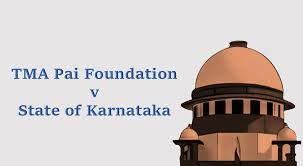


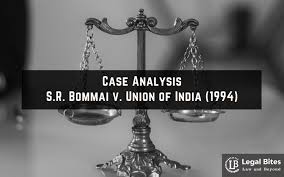

















































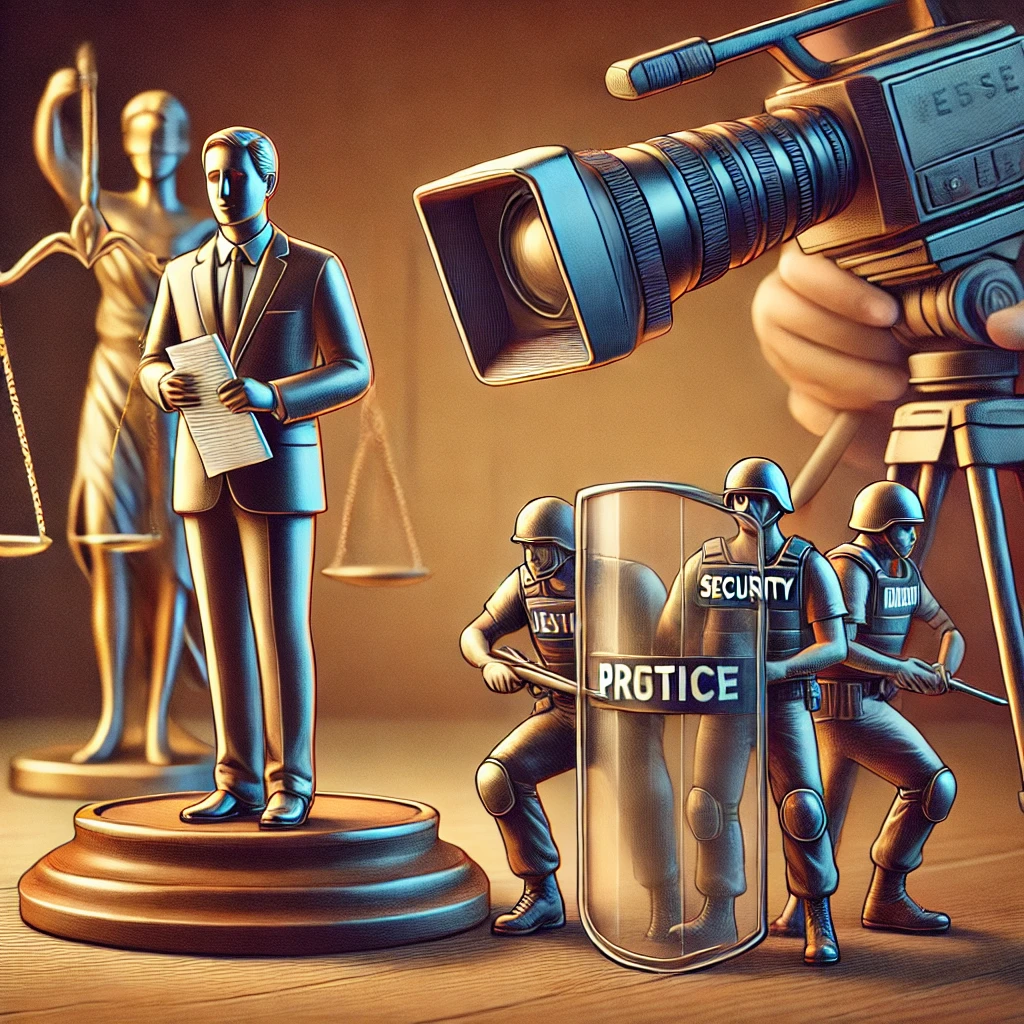


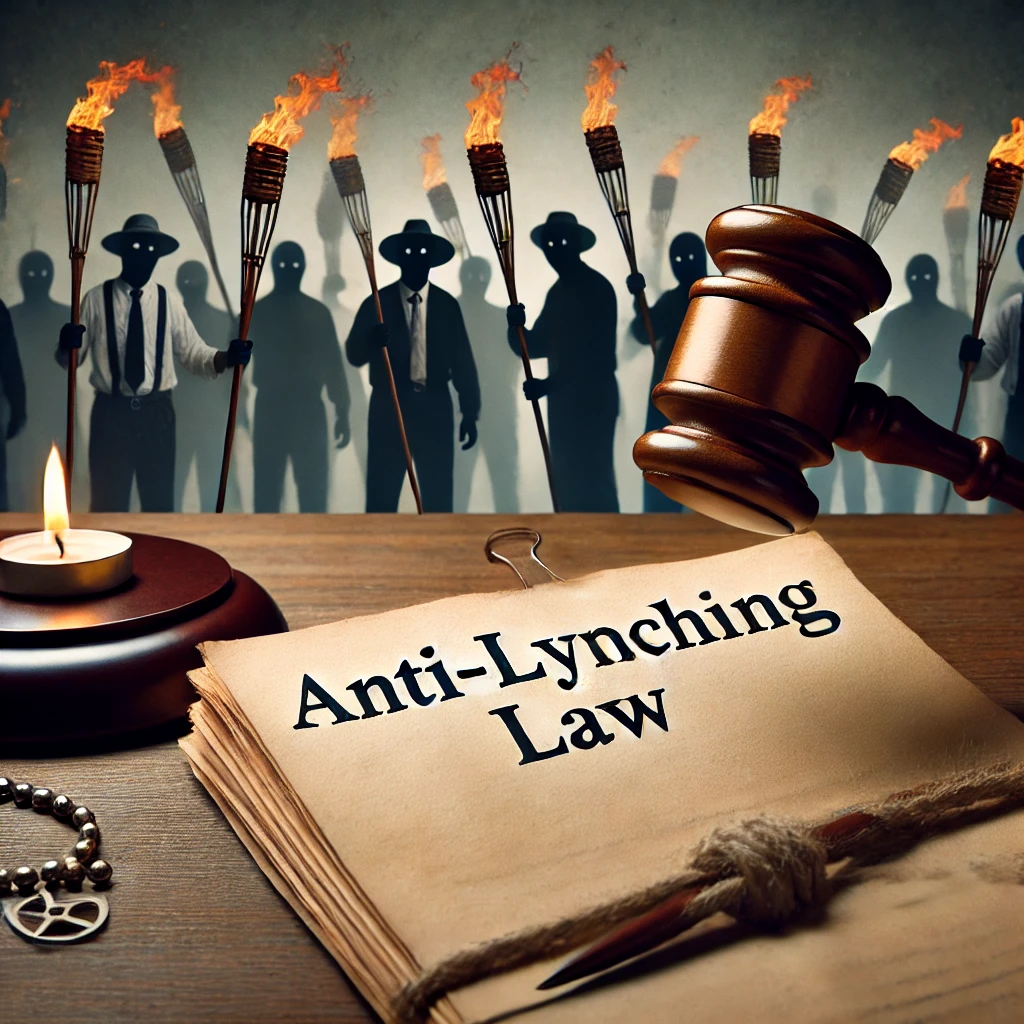


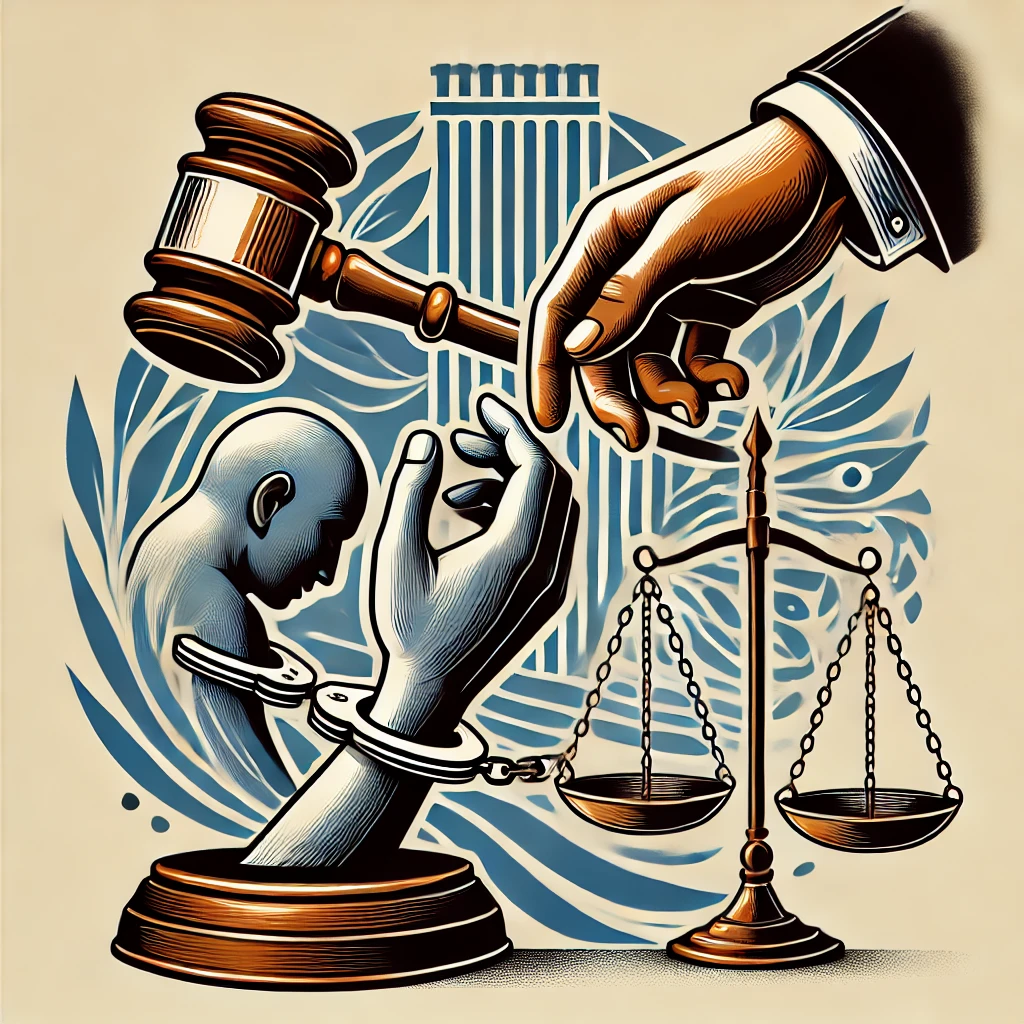
















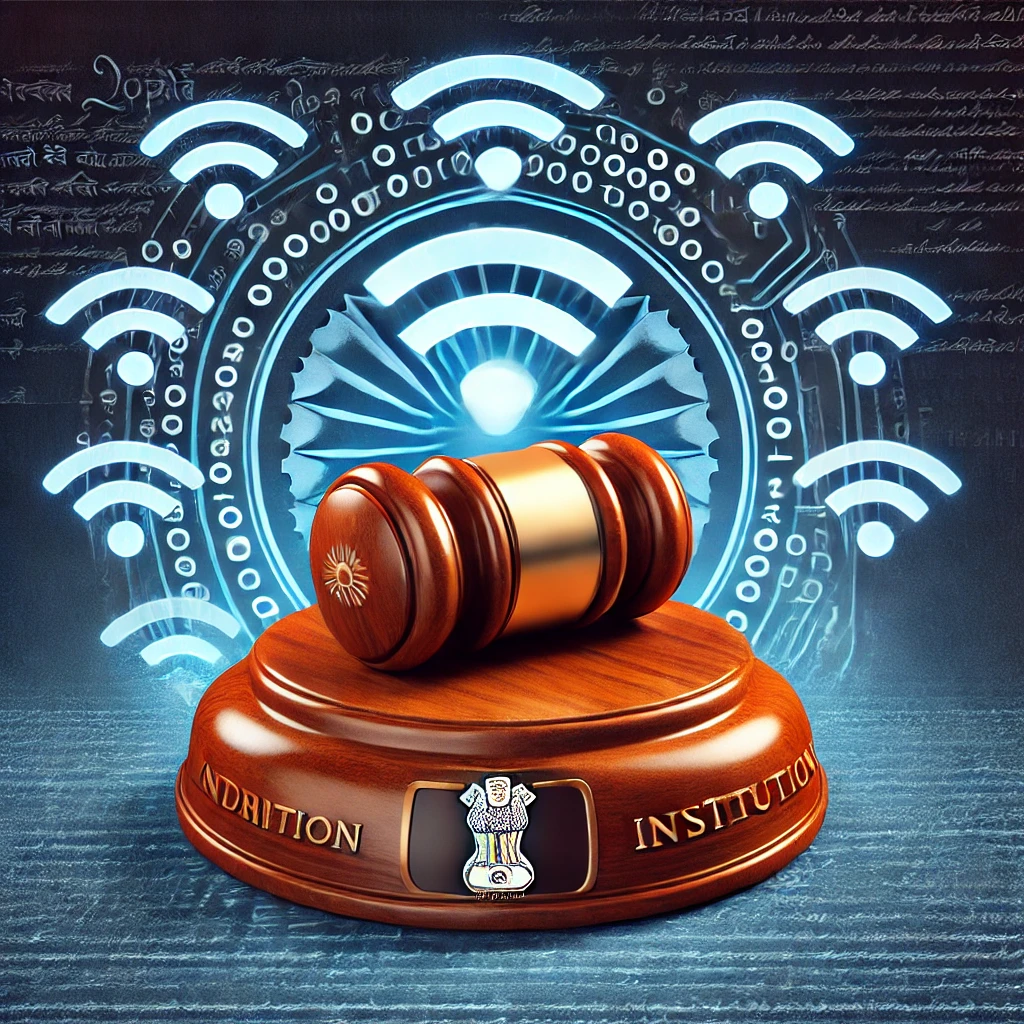
















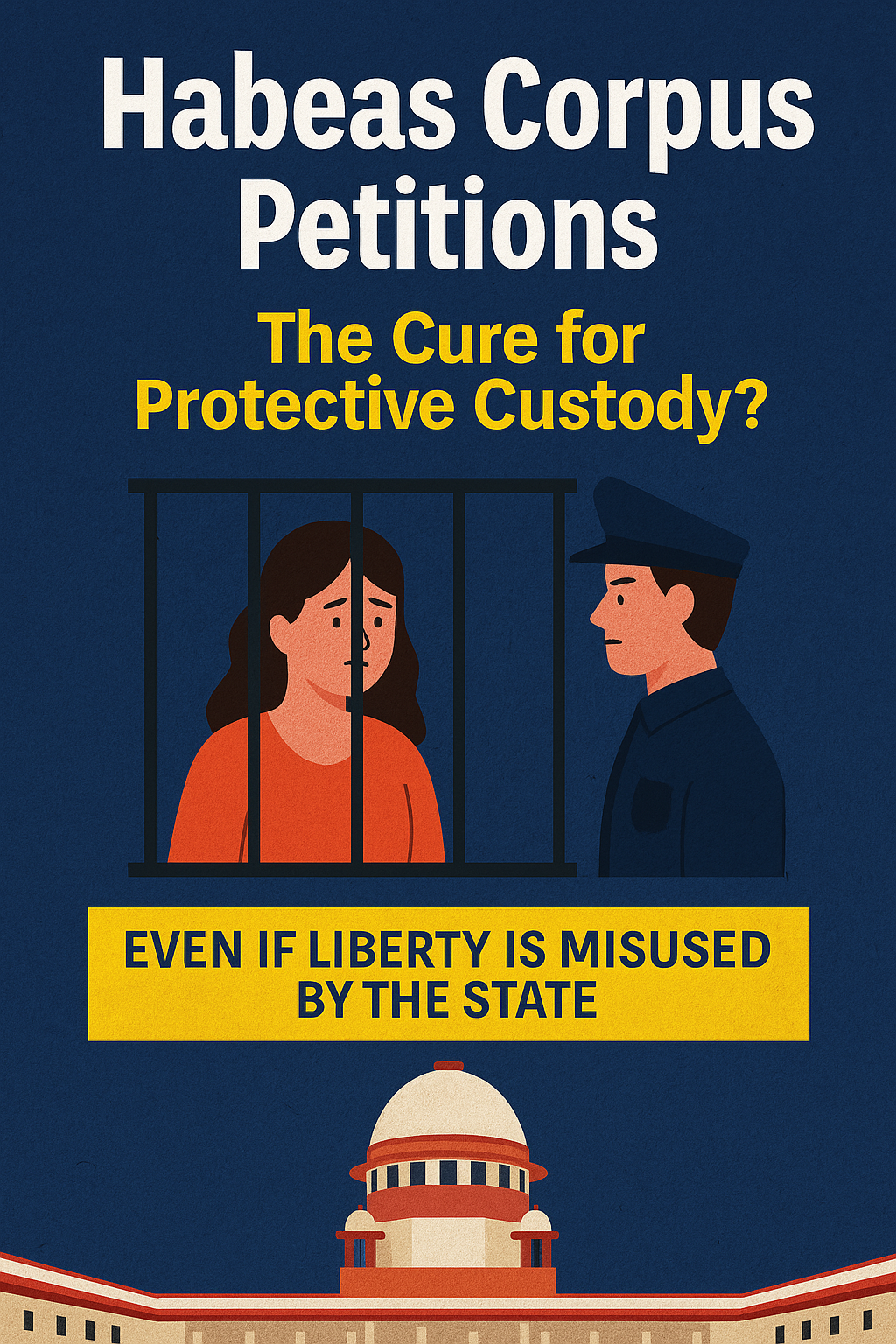









0 comments